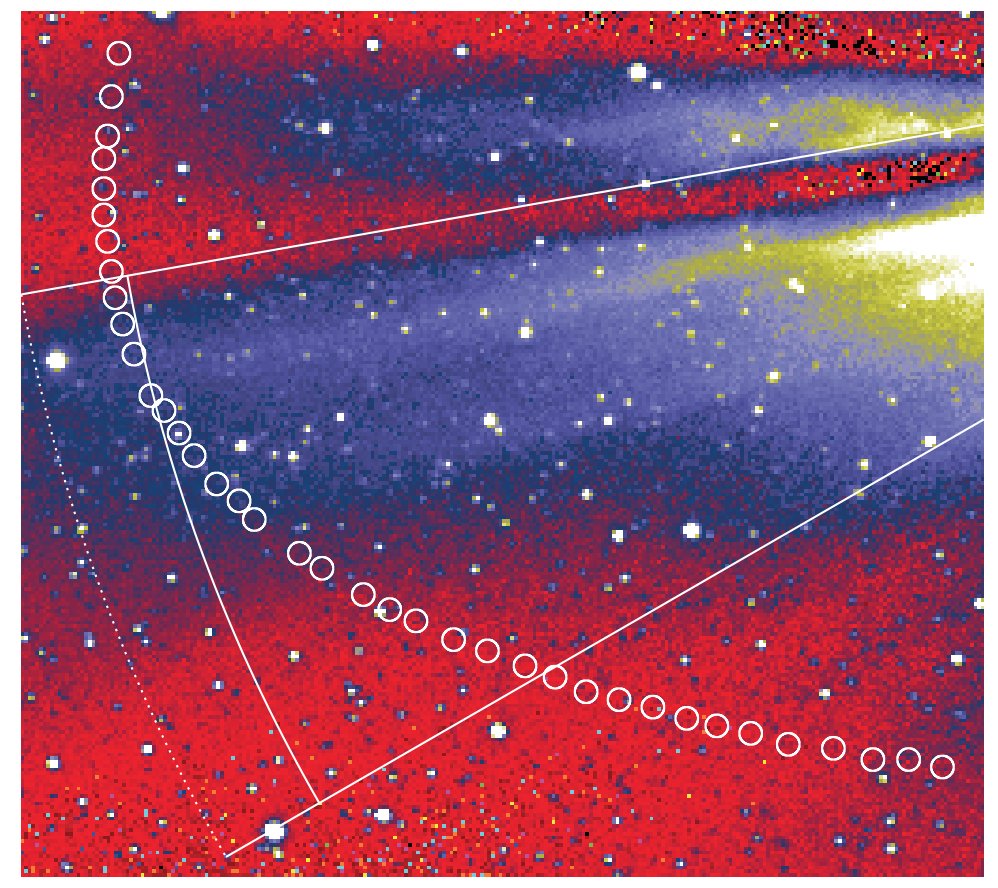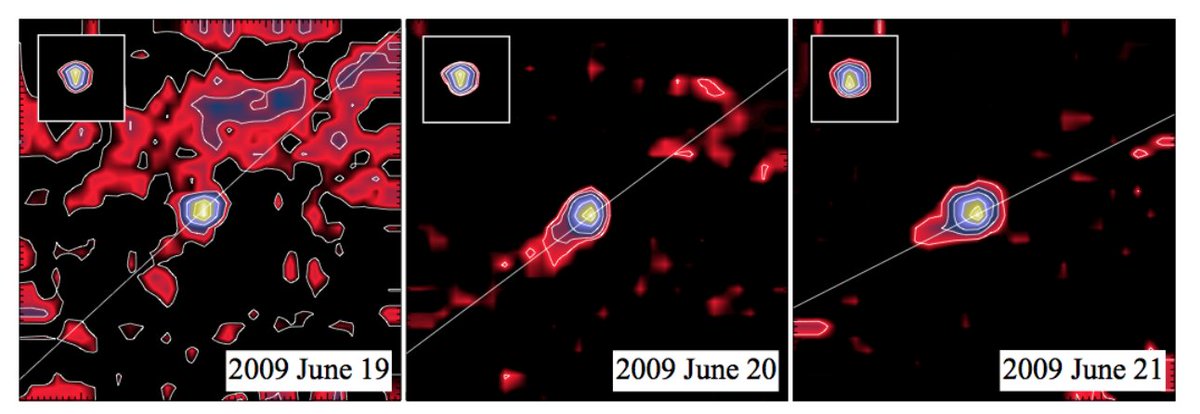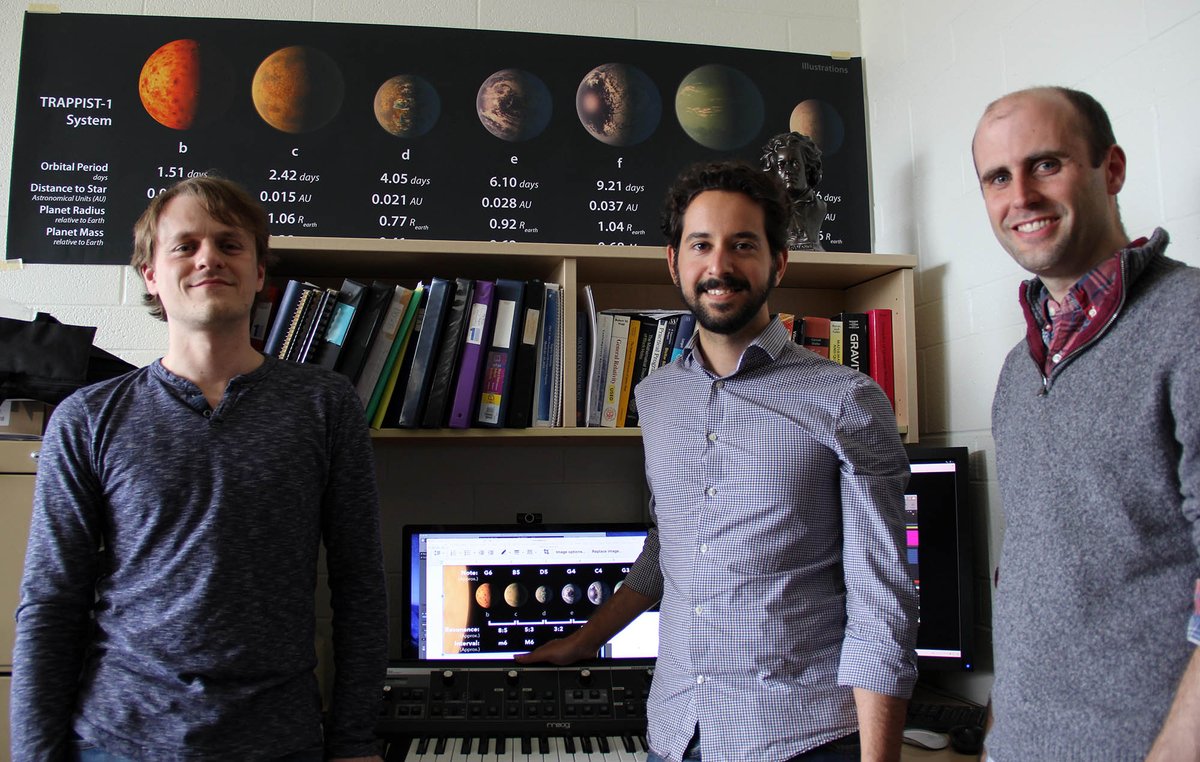(a thread on asteroid (3200) Phaethon, why I like it, and how and why we can study things that look like dead comets)

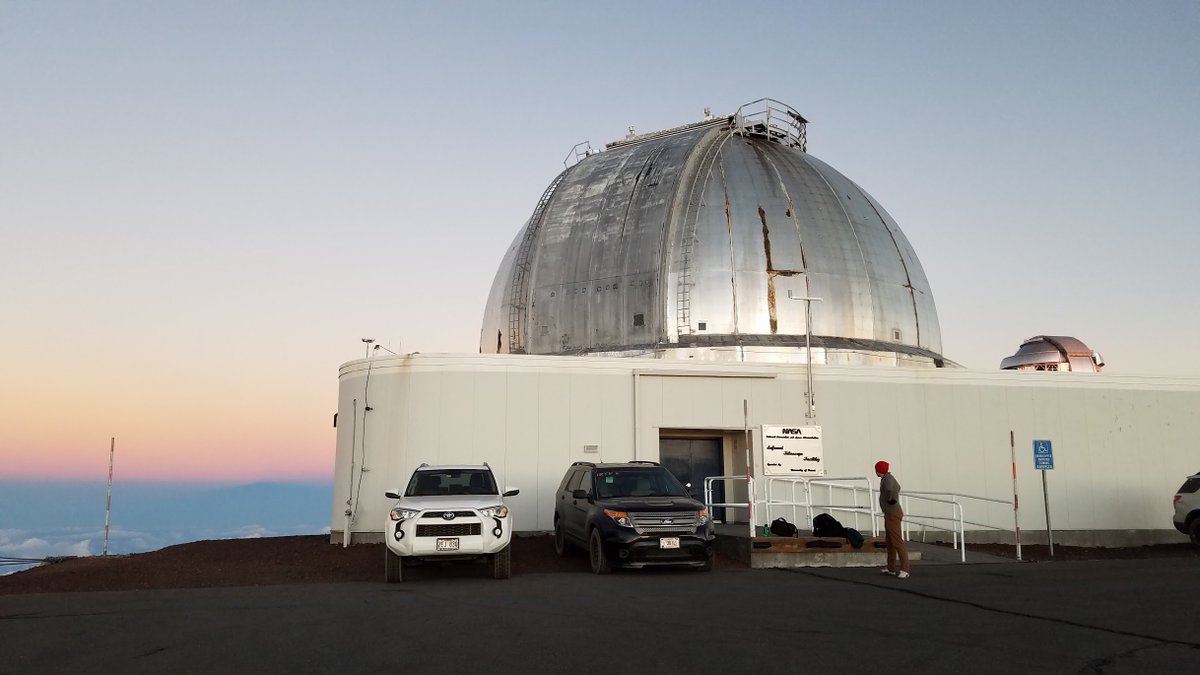
It was awesome, honestly. There's a really visceral sense of the importance of that mountain when you're on it.
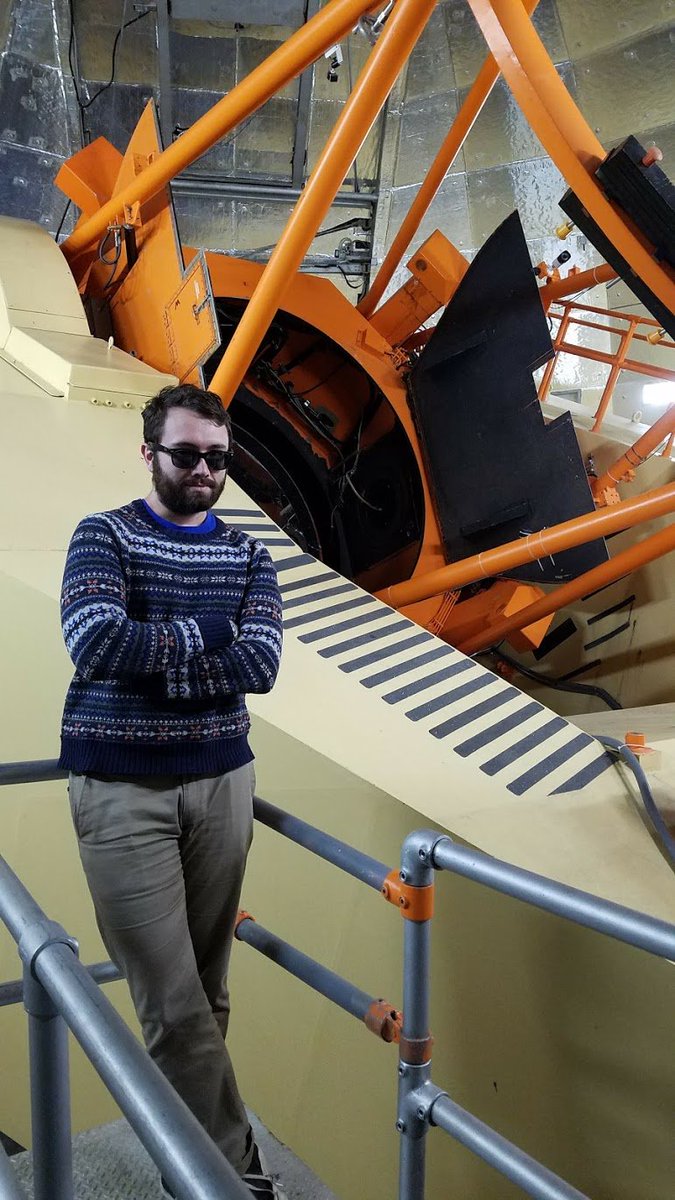
The IRTF's mirror, you know, the actual telescope, is behind me in the image.
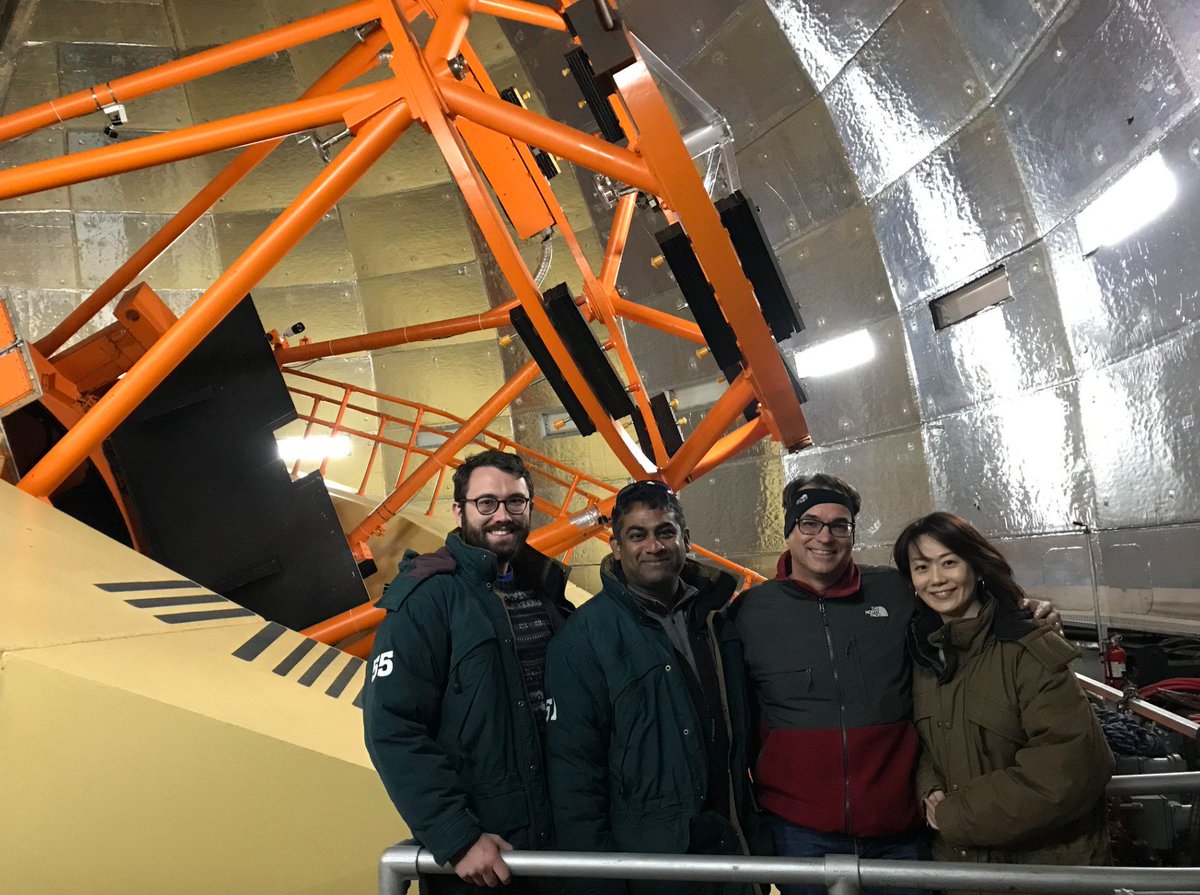
Asteroids get numbers (e.g. 3200 for Phaethon) when their orbit is sufficiently well known, usually meaning that we've observed it throughout multiple orbits.
The Good: it explains how it created the Geminids, but no longer is able to. It explains (at least qualitatively) the incredibly eccentric orbit that brings it so close to the Sun.
HYPOTHESIS: Phaethon is a main-belt asteroid, perhaps from (2) Pallas, that used to display main-belt-comet-like activity, maybe driven by its orbital migration inwards.
